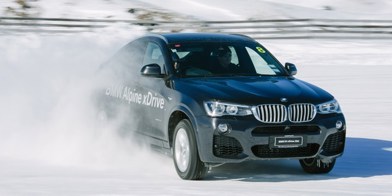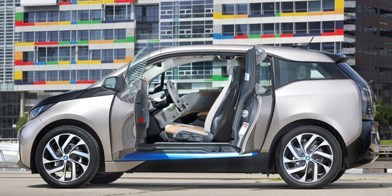Driven’s long-termer Corolla recently had to be parked up for a week — sitting idle in the driveway as the Ford Mustang Bullitt and Chevrolet Camaro SS from our late-2018 comparison gained temporary precedence.
It might sound hard to believe, but I grew to miss the little hatchback. Handing back the keys to both fire-breathing V8s wasn’t nearly as painful and sad as it ought to have been.
Read more: Toyota Corolla ZR Petrol long-term test, part one
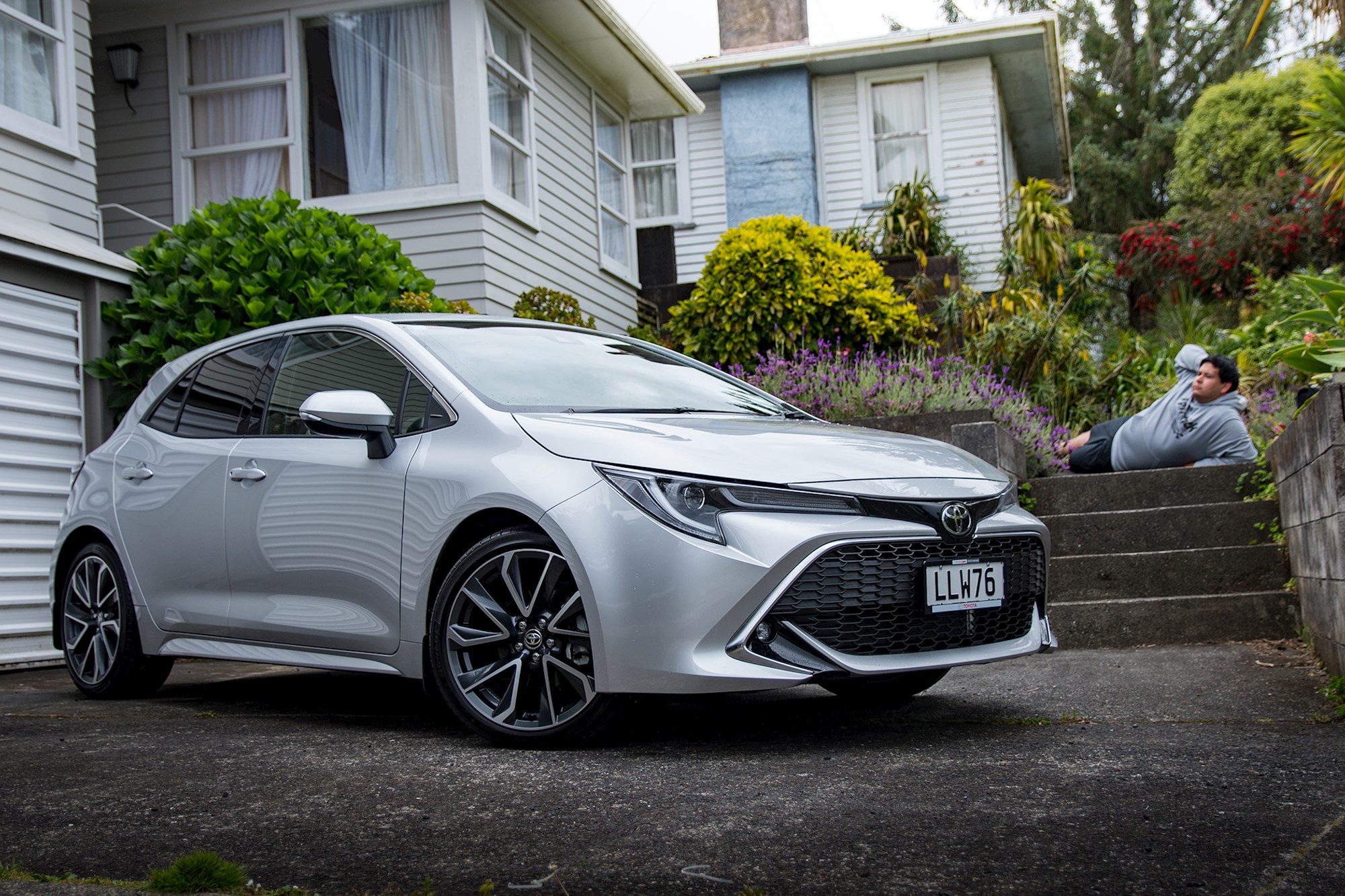
You see, there’s a honeymoon period for press cars — where you look beyond the shiny surfaces and the new-car pong to find out what things are like to use every day. In the case of the Camaro and Mustang, that transition manifested in a chronic worry about kerbing the wheels, the lack of ease getting in and out, and parking as far away from other cars as possible at the mall.
Vehicles such as the Corolla, on the other hand, take the end of the honeymoon period in their stride. They become more approachable, more like part of the family.
If they’re any good, that is.
Thankfully, the Corolla is good. Extremely good. Over the holiday break it visited numerous beaches, hauled a few stacks of Christmas gifts, and tackled the odd gravel road. And thus far, there have been zero problems. But, I can’t help but linger on that boot-space.
As we mentioned in part one, the Toyota Corolla ZR Petrol comes with 208 litres of luggage capacity in the rear. This number is the situation when the second row of seats are upright, and when the parcel shelf is in its standard position. Remove the parcel shelf, and the extra vertical space grows capacity to 294 litres.
Not only is that figure much less than what you’ll find in an equivalent Honda Civic (414 litres), Hyundai i30 (395), or Volkswagen Golf (380)... but, it’s also much less than what you get in the Corolla’s little sibling; the Yaris (347).
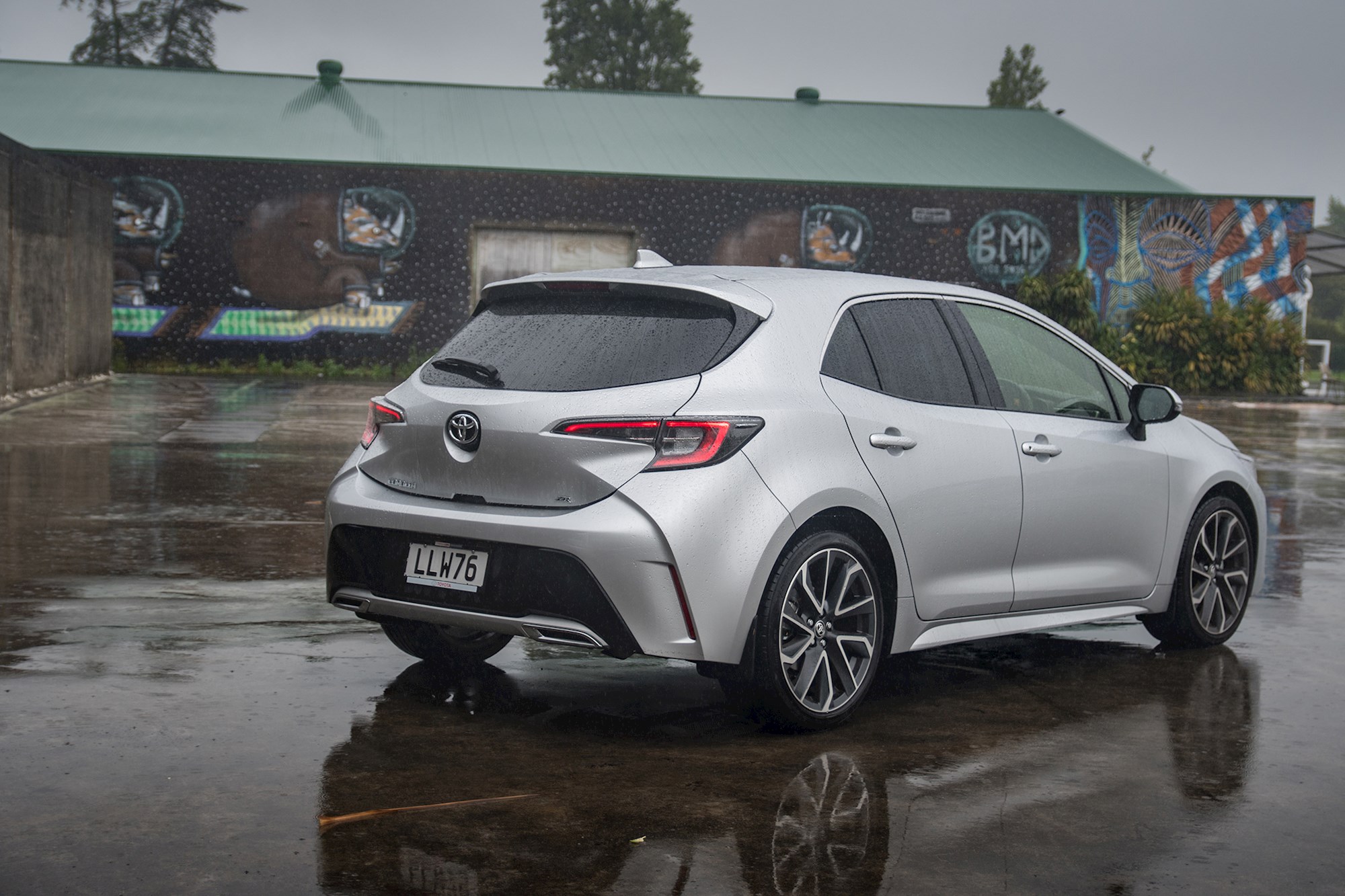
There’s a joker in the pack somewhat, and that’s the top of the range Corolla ZR Hybrid. Unlike some other hybrids (such as the Prius), its battery pack sits underneath the back seats instead of in the boot. Combining that with the fact that the ZR Hybrid doesn’t have a spare wheel (it has a tyre repair kit instead) means that it gets a lower boot floor and a markedly larger 389 litre cargo capacity. That places it much closer to the likes of the Civic and i30, but when a puncture hits you’ll have to whip out the reading glasses and homemade YouTube tutorials to get back on the road.
Not ideal.
When it comes to the crunch, the question to ask is whether this is a total deal-breaker for the Corolla — an issue glaring enough to leave it dead in the water before even considering how much better it looks than the last one or how good its driving dynamics are.
To answer this, I got my Mum to help. Joining her for a regulation weekend shop, we loaded up the boot with various acquisitions (evidently, there must’ve been a significant price drop on soap and mangoes).
After communicating a quizzical look as she glanced from the storage area to her 10-litre chilly bin and back, she started loading — as did I.
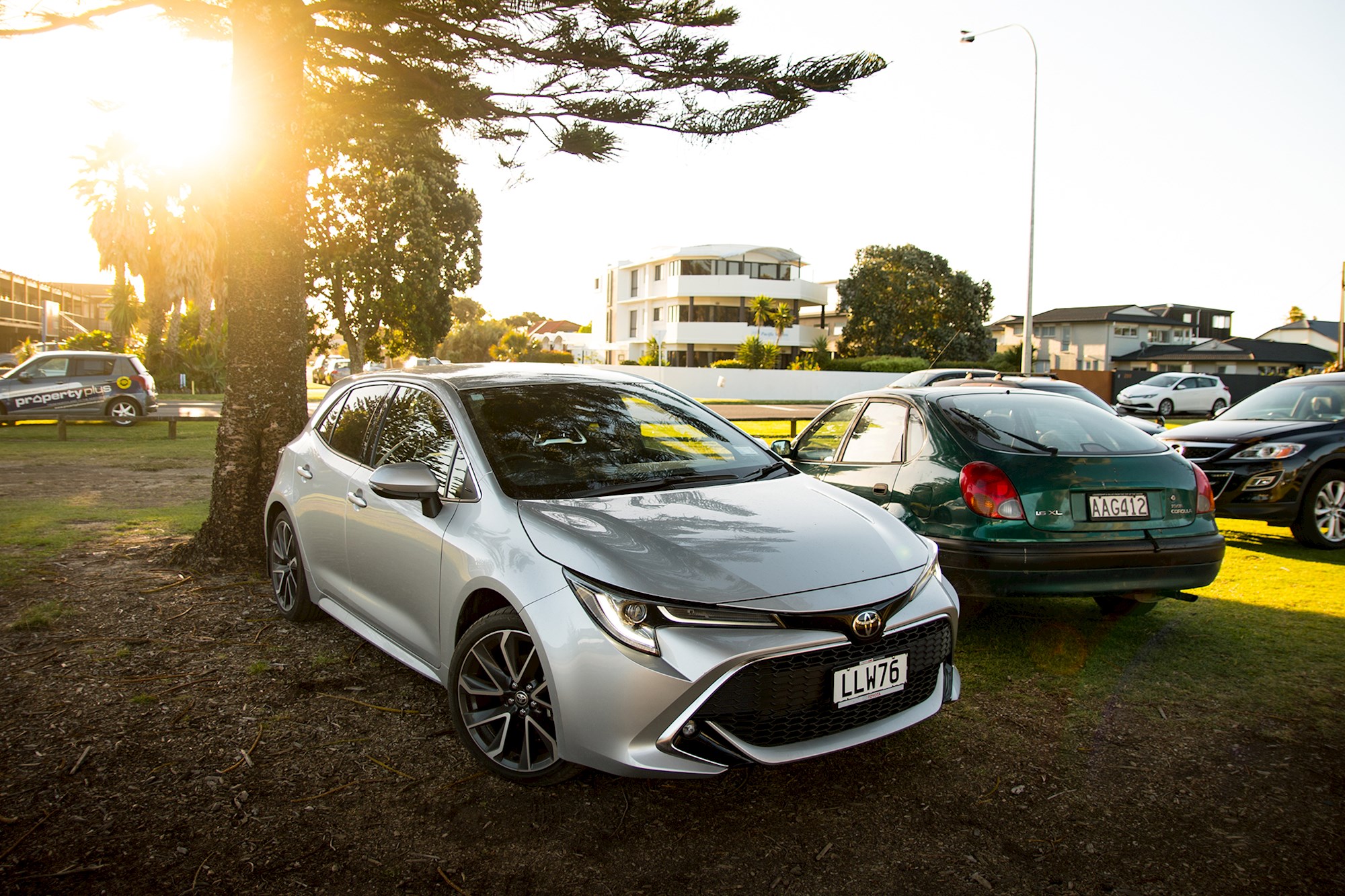
The ZR Petrol’s relatively high boot floor is compounded by an equally high load lip, which makes heavier items like chilly bins packed full to the brim with hummus and other vital necessities a finicky thing to deal with. The parcel shelf is also mounted rather low, to the point that the chilly bin briefly knocked it out of its locating pins.
But, when all was said and done, Mum was happy. “That wasn’t too bad,” she said. I agreed.
Read more: The 10 best & worst things about the new Toyota Corolla's interior
Over the holiday break the Corolla was roped into day trips to Orewa, Tawharanui Peninsula, and a few cheeky excursions to my local Cornwallis beach. On each journey, I left friends to comment on the boot and the rear passenger space without leading them on.
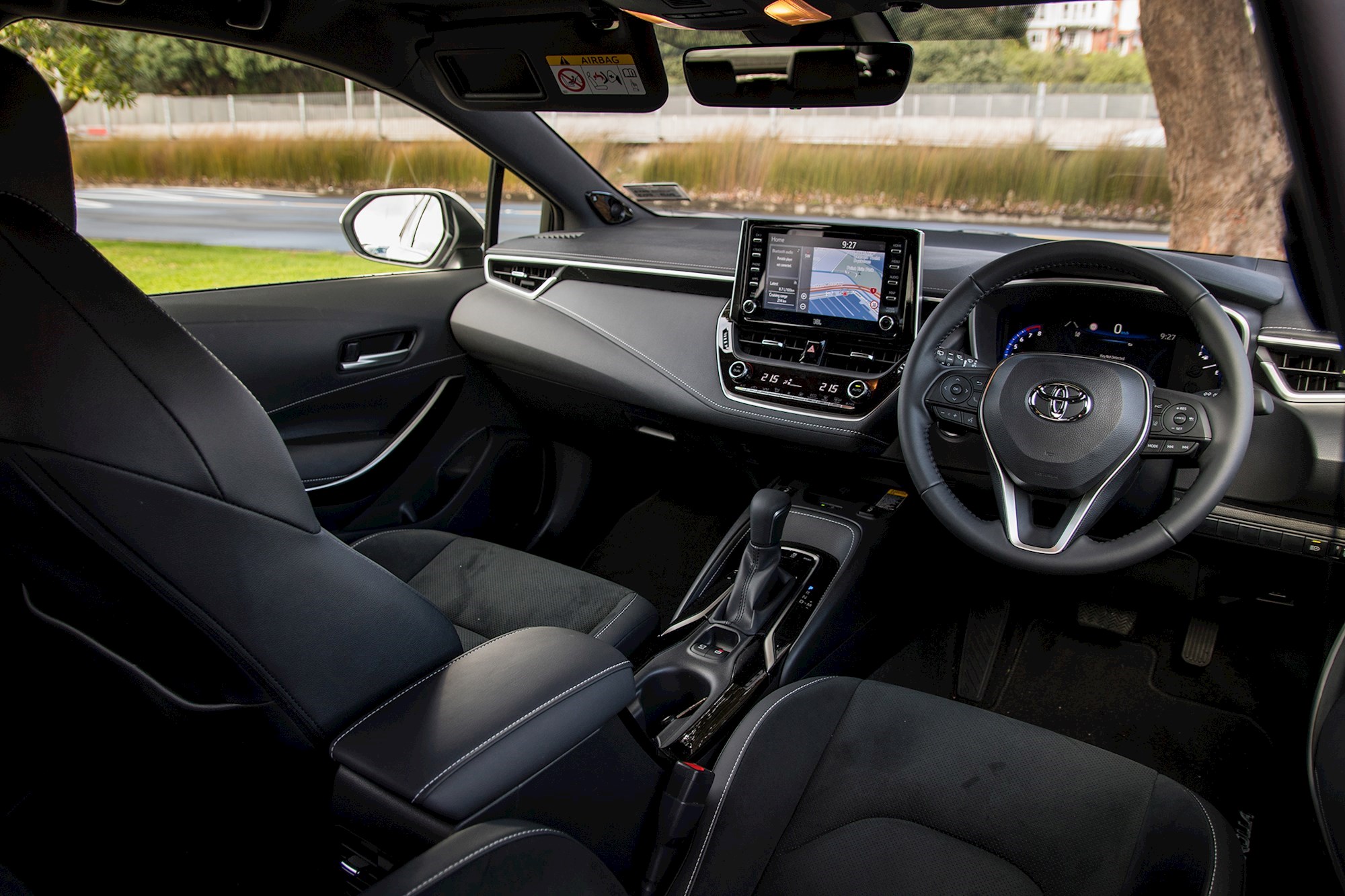
The consistent trend was initial grimacing and complaint, followed interestingly by an acceptance. On one trip we shoe-horned four “generously portioned gentleman” inside (driver included) to a tsunami of bickering from the back row.
But, a few seconds of shuffling front seats around, and it was gone and we were back to discussing climate change and philosophy like normal millennials, as if nothing had happened.
Granted, if you’re hoping to take up a Corolla as a family wagon, boot space may prove inadequate for road trips. But for the large percentage of people still buying hatchbacks, the kinds of people that spend most of their miles in urban environments, or who are buying for young families, it would be a mistake to rule out the Corolla based on what it says on the spec sheet without sampling it.

































